- Determine Energy Production of the Solar System:
Measure the annual energy production (kWh) of the solar system. This can often be obtained from the system’s inverter data, monitoring system, or using estimates based on the system’s size and local solar insolation data.
- Determine Carbon Emission Factor for Local Grid:
You need to know how much CO2 is emitted for every kWh of electricity produced by the local electric grid. This factor varies greatly depending on the mix of energy sources used. In regions that rely heavily on coal (such as NSW of which approximately 39% of energy mix is coal1), the emissions per kWh will be higher than in areas with a large proportion of hydro or renewable energy. The emission factor is usually expressed as kgCO2/kWh or lbCO2/kWh.
- Calculate Carbon Offset:
Multiply the annual energy production of the solar system by the carbon emission factor for the local grid:
- Adjustments:
If the solar system is not offsetting grid electricity 100% of the time (for example, if it’s part of a net metering program where excess generation is fed back into the grid), then you might need to adjust your calculations accordingly.
Additionally, consider the lifespan of the solar system. If it operates effectively for 25 years, you can multiply the annual offset by 25 to get the total lifetime carbon offset.
- Additional Considerations:
By necessity, the manufacture and installation of solar panels also produce carbon. However, studies have shown that solar panels offset their carbon footprint within a few years of operation, resulting in a net reduction of carbon emissions.
Local grid emission factors can change over time, especially as more renewables are added or if there’s a transition from coal to natural gas or other sources.
What about STCs, LGCs, and other incentive schemes?
Each green credit system in Australia operates under different regulations and has distinct implications for carbon accounting. While some certificates allow the owner to claim emissions reductions directly, others might require the certificates to be retired or not sold. The intricacies of each system make it essential to understand their specific rules and treatments when aiming for accurate carbon accounting.
- Renewable Energy Certificates (RECs):
Description: When renewable energy enters the grid, it’s mixed with other sources, making it indistinguishable. RECs are given for every megawatt-hour (MWh) produced from renewables, allowing for tracking. Each REC has a financial value attached.
Treatment: Owning a REC means owning the claim to that MWh of renewable energy. RECs offset electricity consumption but can’t be used for other emission sources.
- Small Scale Technology Certificates (STCs):
Description: STCs act as an upfront subsidy for renewable systems under 100kW.
Treatment: Previously, selling STCs meant one couldn’t claim the emission reduction. However, revised rules now allow the self-consumption of electricity from these systems to be treated as zero-emissions energy.
- Large-Scale Generation Certificates (LGCs) for Onsite Generation:
Description: For renewable systems above 100kW, one can earn LGCs for every MWh generated. These LGCs aren’t given upfront but need to be tracked annually.
Treatment: If LGCs are sold, the associated carbon reduction and renewable energy generation can’t be claimed. To treat the energy as zero-emission, the equivalent LGCs must be voluntarily retired.
- Large-Scale Generation Certificates (LGCs) from Offsite Generation:
Description: Instead of an onsite system, one can buy LGCs from an offsite, grid-connected renewable project through a Power Purchase Agreement (PPA) or a broker.
Treatment: LGCs must be retired to claim emissions reduction/renewable energy attributes. If only the electricity is bought (without the LGCs), one cannot claim these attributes.
- GreenPower®:
Description: A government accreditation scheme ensuring renewable energy purchases are genuine.
Treatment: Buying GreenPower® allows one to claim the associated emissions reduction and counts toward renewable energy claims.
- Australian Carbon Credit Units (ACCUs):
Description: Under the Emission Reduction Fund (ERF), participants can earn ACCUs for emissions reductions. They can be sold or used as offset units.
Treatment: If ACCUs are generated within one’s boundary, they must be voluntarily retired to claim the emission reduction. If not, emissions are accounted for without the reductions.
- Carbon Offsets:
Description: Each carbon offset represents one tonne of carbon emissions not released due to specific projects.
Treatment: Carbon offsets can be used to offset any emission source but cannot be used for renewable energy claims.
- State-based White Certificate Schemes:
Description: These schemes, like the NSW Energy Savings Scheme (ESCs) and the Victorian Energy Efficiency Target Scheme (VEECs), reward energy-saving projects.
Treatment: These schemes’ associated certificates can be claimed, and they also count toward carbon reduction.
Learn more about business solar rebates.
How to Advertise Your Green Credentials with Commercial Solar
There’s no denying that sustainability is increasingly important for the buying public, and green credentials are turning into powerful marketing tools. If you’re a business owner considering the shift to solar, you’re making a commendable move not just for the environment but also for your brand. But once you’ve made that shift, how do you let your customers and partners know?
We’ve written previously on how to capitalise on the solar revolution, but let’s dive into a little more detail on the best way to advertise your green credentials with commercial solar.
Why Green Credits Matter
Before we delve into the ‘how,’ let’s understand the ‘why.’ A business’s green credentials are essentially their sustainable practices or environmentally friendly initiatives. Having these not only means you’re reducing your carbon footprint but also signals to your customers and partners that you’re future-oriented.
- Customer Attraction and Loyalty: According to a Capterra report published in 2022, the sustainability of products is of increasing concern to consumers at different stages of the buying journey. If you can demonstrate that the energy used by your business to create and maintain products or services is coming from a renewable source (like solar), you’re positioning your business to appeal to this market segment.
- Brand Image: Embracing sustainability isn’t just a trend; it’s a responsibility. Businesses that actively pursue green initiatives are viewed more positively, which can enhance their reputation and trustworthiness.
ESG (Environmental, Social and Governance) reporting represents measurable and transparent proof of the environmental benefits of a business using solar power and is vital to communicating your green credentials as a business. There is a growing expectation from regulators, investors, and the public that a business will disclose strong ESG performance. In fact, the Australian Securities and Investments Commission (ASIC) has highlighted a need for greater voluntary disclosure of climate risk by companies2.
Therefore, it’s essential that your business optimises its ESG performance reporting to make the most of its solar power system to satisfy regulatory, commercial, and public stakeholders.
Advertising Your Green Credentials Through Commercial Solar
- Website Updates
Your website is like your business’s front door in the digital world. Making it evident that you’ve adopted solar can go a long way.
- Solar Badge: Consider adding a badge or a small logo on your website’s homepage, showcasing that your operations are powered (or partly powered) by solar energy. It’s a visual cue that immediately informs visitors of your commitment.
- Dedicated Page: Create a section or page dedicated to your sustainability efforts. Detail your journey to solar – why you chose it, how it’s benefiting your operations and the environmental impact. Go the extra mile and collect data about your energy usage and spending to demonstrate the tangible impact your business is making.
- Client and Customer Correspondence
Your everyday interactions with clients and customers are prime opportunities to subtly (and tastefully) advertise your green transition.
- Email Signatures: A simple line in your email signature, like “Proudly powered by solar energy,” can be an excellent conversation starter, reminding the recipient of your commitment.
- Invoices & Official Letters: Including a small footnote or logo about your solar adoption in official correspondence can be a constant reminder of your sustainable efforts.
Upgrade to Commercial Solar and Let Your Green Credentials Shine
In a world rapidly gravitating towards sustainability, showcasing your commitment to the environment can do wonders for your business image. Adopting commercial solar is not just about cost-saving; it’s a statement. It tells your customers, competitors, and the community that you’re about more than just profits; you’re about the planet. Make that statement loud and clear!
So, is your business ready to switch to commercial solar and enjoy all the green marketing (and cost-saving) benefits that come with it? Contact Kuga Electrical today so our solar experts can help you harness the sun’s energy and take your business forward.
Sources:
1: https://www.energy.gov.au/data/states-and-territories

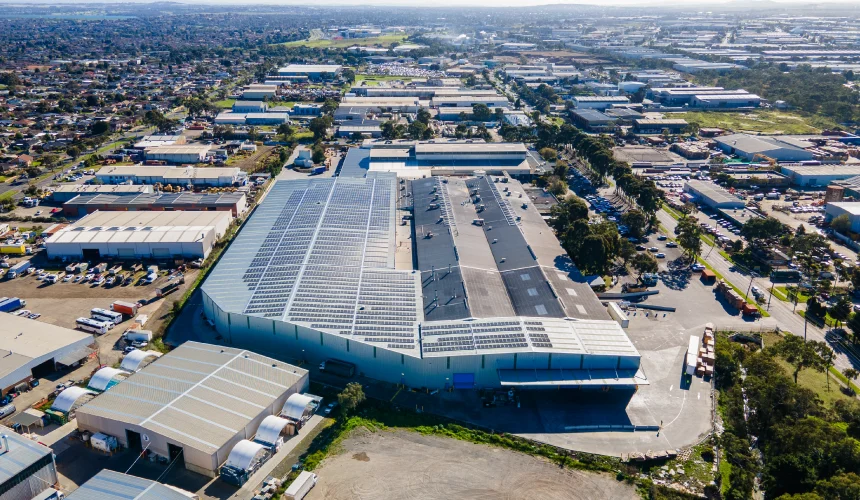
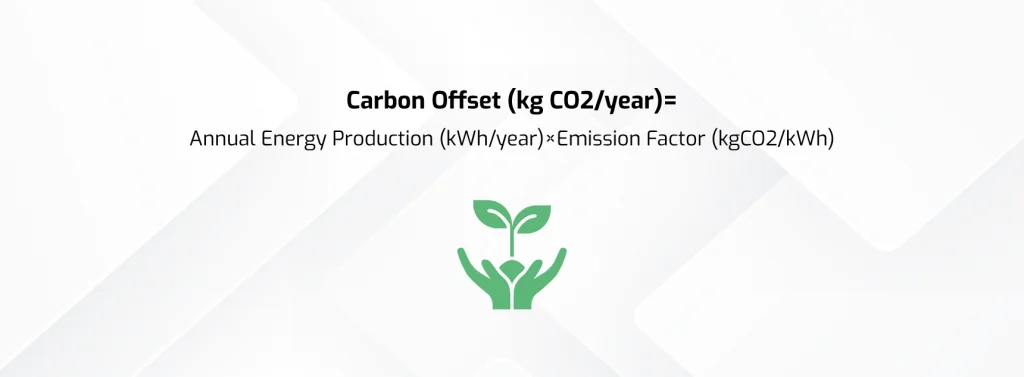
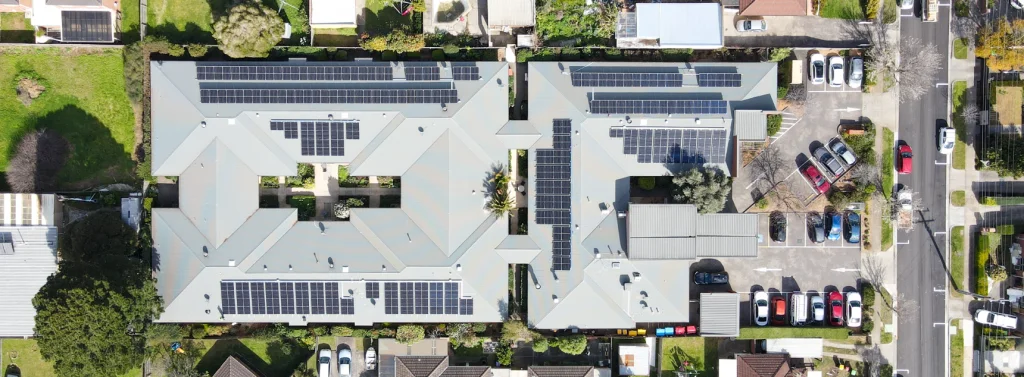
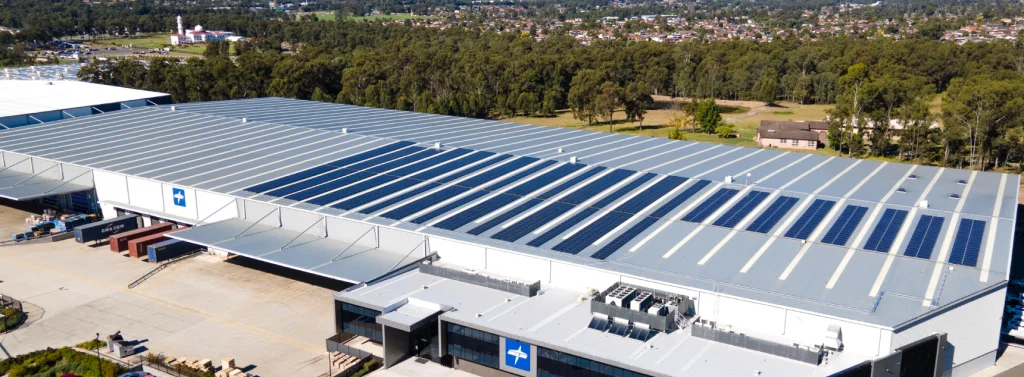





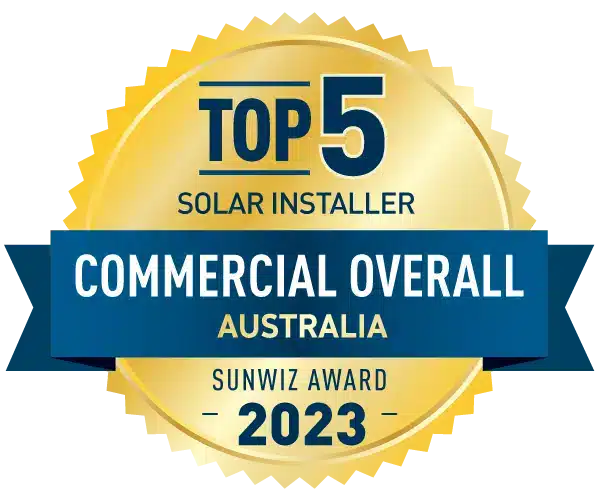


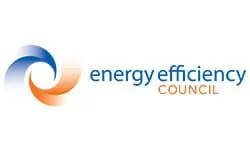
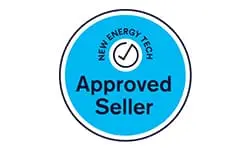
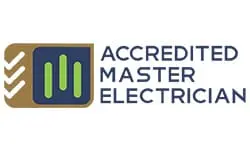
 Get Quote
Get Quote Call Now
Call Now